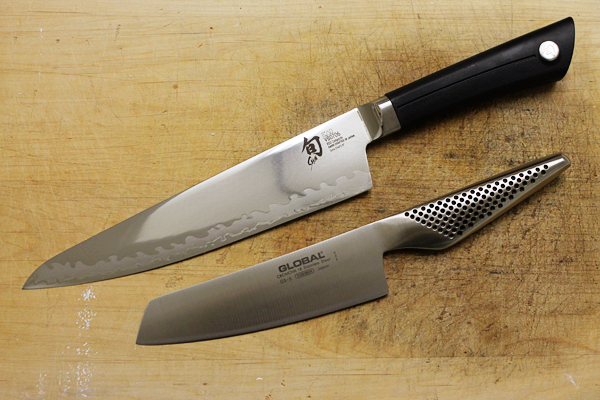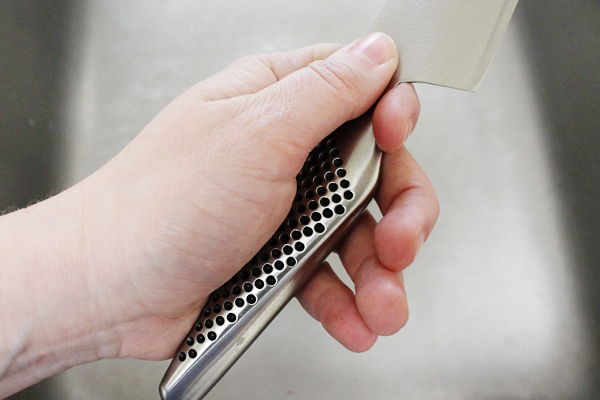Ramen has been growing in popularity in the past couple of years, which is a real head-scratcher to those who only ate it in college due to the ten-packets-for-a-dollar price tag. San Diego has a bunch of fancy ramen places that have grown in popularity (like RakiRaki and Underbelly), and consider me a real convert.
Doug and I made such pretty ramen at home last night that I had to document it, then I thought, considering how easy it was, that I should clue others in to this cheap and easy meal. Even though spring has come (yay!!) I know that cloudy and rainy days (snowy, in some parts in the country) will still show up in the next month or so, so have this recipe in your back pocket and you’ll have something easy and warm to eat.

Needed for one bowl:
Ramen packet
Miso paste
One egg
Green onions
Radishes
Soy sauce
Sriracha
Black sesame seasoning (mainly for looks)
(We also added carrots, which was not my favorite addition)
You probably have many of these things in your fridge/cupboard right now. The most expensive things on this list would probably be the soup base and the soy sauce, but broken down into a per-meal price, this whole bowl of soup probably comes to less than a couple dollars.
Instructions:
Bring two and a quarter cups water to a boil. Once boiling, add the egg. Let the egg boil for three minutes, then add ramen noodles and boil three minutes, according to packet directions. (The egg will be boiling for a total of six minutes).
While the egg/noodles are boiling, chop as many green onions as you like, and slice the radishes thinly.
When the timer goes off, fish the egg out with a spoon, run under cold water, and peel. Be careful because the egg will be soft-boiled and easy to squish. While the egg is cooling off (before peeling, I guess) add the soup paste to the water and noodles, and stir to mix. Sometimes I use a little less than the soup base calls for and sneak in a little bit of the seasoning packet that comes with the ramen ;)
Serve up in a deep bowl. Add the egg (you can cut it in half with your spoon as you eat) and top with radishes, onions, sesame, and soy sauce/sriracha to taste.
Told you it was easy! Do you have any super-cheap go-to meals? Share the recipe with me!


